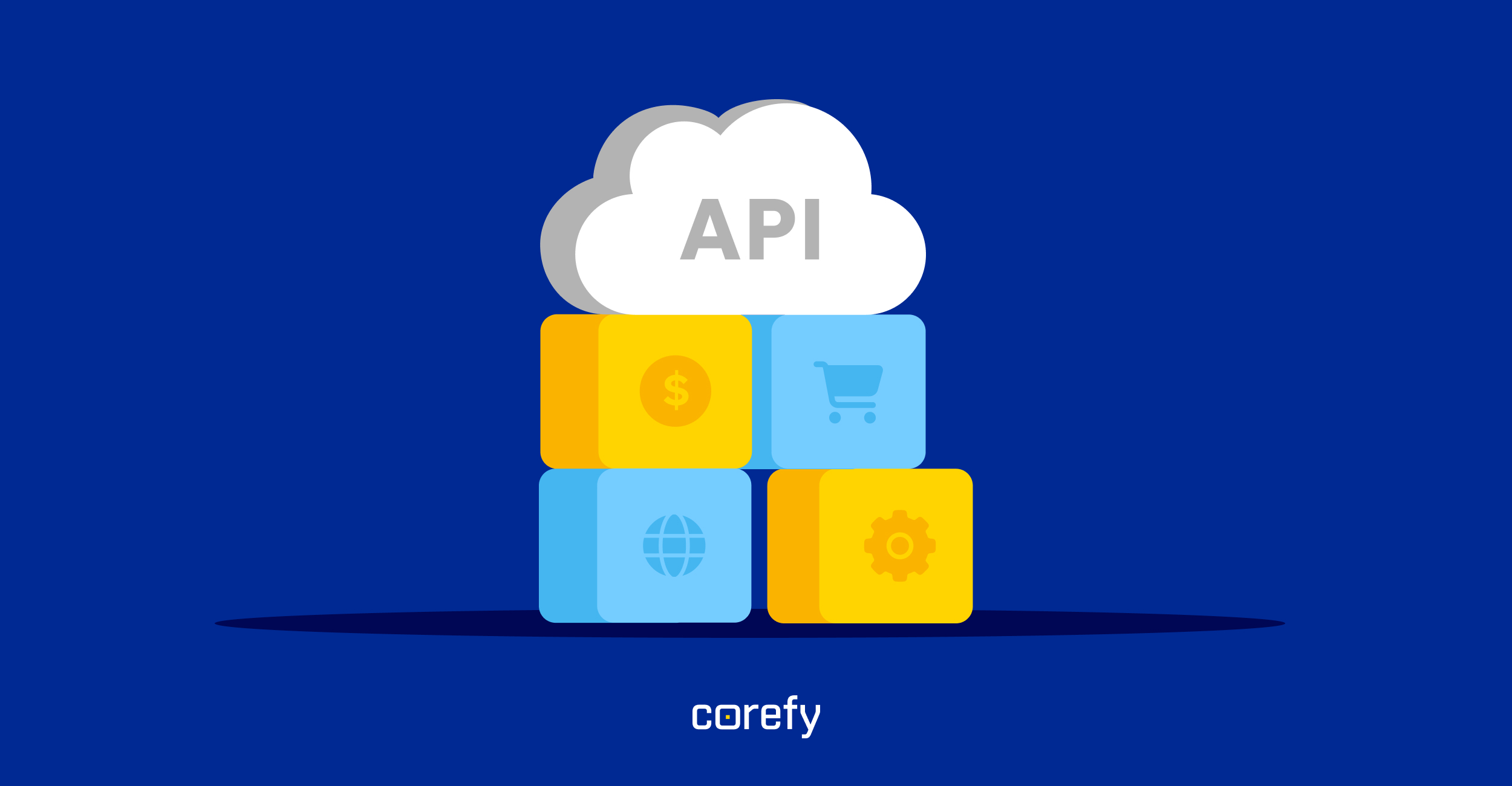Data breaches, identity theft, and payment fraud have already become a part of the everyday payment processing environment. Failure to mitigate online transaction risks can cost you a reputation and billions of dollars of lost revenue. Just imagine: online payment fraud losses could exceed $38 billion in 2023.
To protect your customers and your business while still delivering a great checkout experience, it’s crucial to identify the possible payment risks and implement the best fraud prevention techniques for mitigating them. Precaution is always better than cure.
Exploring payment fraud types
It’s common for convenient one-click online payments to backfire on both cardholders and business owners. Delve into the intricacies of card payment fraud and stay ahead of potential threats.
Chargeback/friendly fraud
Chargebacks can be a headache for businesses, especially when people misuse them on purpose. Sometimes, cardholders falsely say they never got their order or that they didn't buy anything. Banks find it hard to look into each case, so they often agree with the cardholder to solve things quickly.
Friendly fraud is similar to chargeback fraud, but it’s not carried out with malicious intent. For example, when a buyer receives a product that doesn’t meet their expectations or misunderstands the merchant's shipping or return policies.
Card testing fraud
Credit card testing is a type of card payment fraud when someone tries to check if the stolen or generated credit card information is valid and available for making purchases. Card testers usually make small payments without being noticed by the cardholder.
The inability to track such small transactions makes this type of fraud highly attractive to criminals and frustrating for businesses, as they get hit with plenty of chargebacks initiated by cardholders after they discover suspicious activity.
Phishing attacks
Phishing attacks involve fraudulent attempts to obtain sensitive information, such as login credentials or credit card details, by posing as a trustworthy entity.
One of the most common phishers’ tactics is redirecting users to fake websites that closely resemble legitimate ones. Unsuspecting individuals may unknowingly enter their login credentials or financial details, thinking they are interacting with a trusted platform.
Phishing attacks often serve as a gateway to account takeovers.
Account takeovers (ATO)
ATO occurs when unauthorised individuals gain access to user accounts by exploiting vulnerabilities in security measures. Once inside, attackers can misuse the compromised accounts for various malicious purposes, such as making unauthorised transactions, accessing sensitive information, or conducting fraudulent activities on behalf of the legitimate account holder.
Given the variety of threats, transaction monitoring and fraud risk assessment are essential components of a secure payment processing system. Dive into the basics of digital fraud prevention.
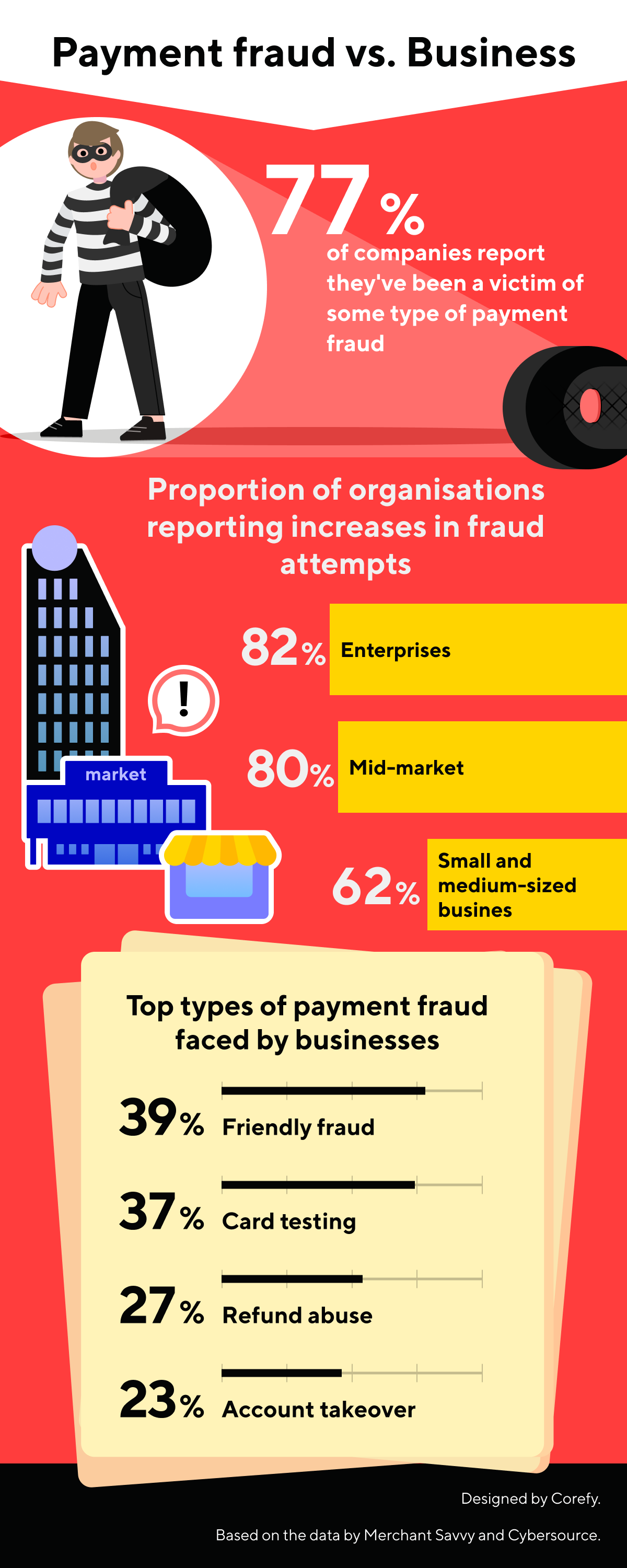
Best payment fraud detection & prevention practices
Are you still committed to creating secure credit card processing for your customers? If so, we will outline the five steps you can take to increase your business's resilience to various payment risks. Let’s find out the best online fraud management practices.
1. Implement 3D secure
3D Secure enhances credit card transaction security by adding an extra layer of verification for card-not-present transactions, giving merchants the assurance that the verified cardholder is carrying out the transaction.
By using 3DS1 or 3DS2 verification, merchants, card networks, and financial institutions can share information about risky transactions with minimal friction. When a payment provider uses 3D Secure for credit card risk assessment, the transaction becomes completely secure, shifting liability for fraudulent chargebacks from the merchant to the issuer, thus avoiding operational risks and reputation losses.
2. Monitor fraud
Payment fraud can be tough to detect, especially with all the complexities of digital payment processing. This is where fraud monitoring and payment risk management systems come in handy. They help identify possible payment gateway risks and decrease the chances of suspicious actions.
Payment risk assessment systems are like a superhero for stopping fraud. They check each incoming and outgoing transaction in real time, considering numerous parameters like transaction amount, unique bank card token, user’s digital fingerprint, payer’s IP address, etc. Each anti-fraud system uses its rules, filters, and machine learning technologies to detect and block fraudulent activities.
3. Ensure PCI DSS compliance
PCI DSS is a widely accepted standard that ensures the security of payment information. Adherence to these requirements is crucial for credit card fraud prevention.
If you or your payment provider don’t comply with the PCI standard, this strongly signals that the data may be compromised and used for fraudulent purposes. Non-compliance can damage a company's reputation and result in hefty fines.
4. Train and educate
Reducing payment risks for online businesses is a complex and ongoing process that requires the involvement of every team member. In addition to using payment processing controls, businesses also need to be aware of social engineering tricks that fraudsters use to target employees.
Train your team to recognise fraudulent emails and phone calls, avoid clicking on suspicious links, and develop an internal risk management policy to guide each team member in the event of an incident. It's also important to keep your knowledge base up-to-date and look for new risk analysis methods to prevent payment hazards before they occur.
5. Choose trusted payment partners
Since most businesses rely on a third-party provider to process their transactions, your payment partner must prioritise financial risk management, compliance and implementing financial controls to ensure a secure and compliant system.
There are three main building blocks of a secure payment infrastructure:
- Infrastructure reliability. Corefy’s PCI-compliant payment platform operates on AWS, following security best practices and auditability. Our entire infrastructure is monitored by a series of internal monitoring platforms that alert our engineers around the clock, 365 days a year, of predictive failures, payment system risks, and hard errors.
- Fraud risk management. We scan, monitor, and penetrate our system to guard against suspicious or unauthorised activities. For security enhancement, all inbound and outbound traffic from our platform is monitored by an active intrusion prevention system (IPS) which blocks the threat of common exploits and zero-day attacks.
- Ultimate data protection. Your company's sensitive payment data is kept safe through up-to-date security practices. All transaction details are managed using multiple encryption keys with split knowledge and dual control. Raw magnetic stripes, validation codes, or PIN blocks are not stored, ensuring comprehensive protection.
There are no fully secure payment methods, and understanding the risks you may face is crucial. Mitigating those risks becomes much more manageable when relying on a trustworthy payment partner like Corefy. We do our best to protect your business and your customers’ privacy, data, and money.




.jpg)

.jpg)
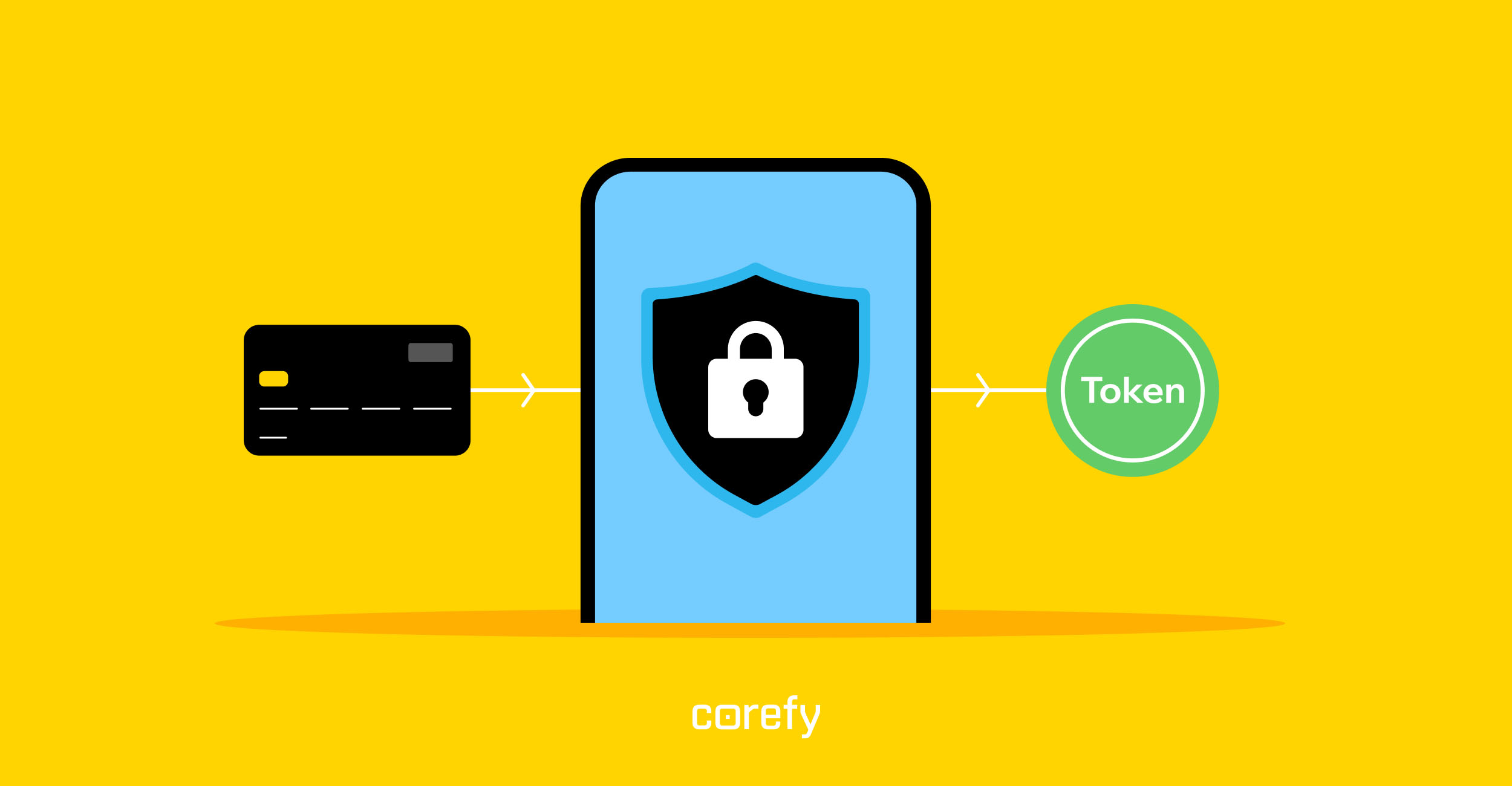
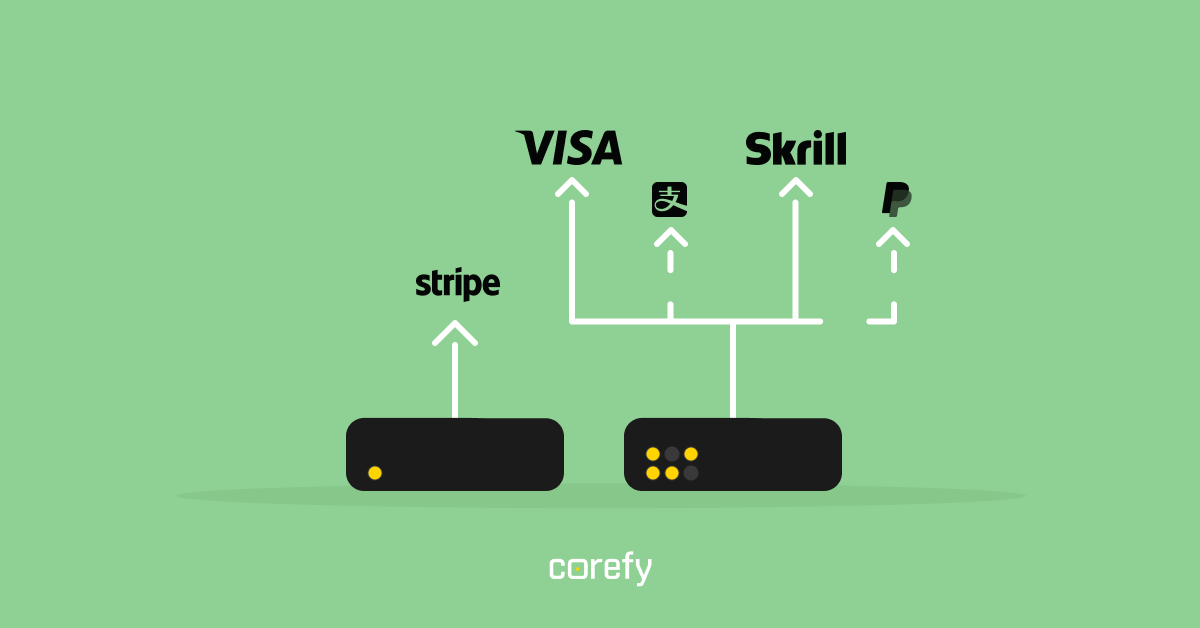
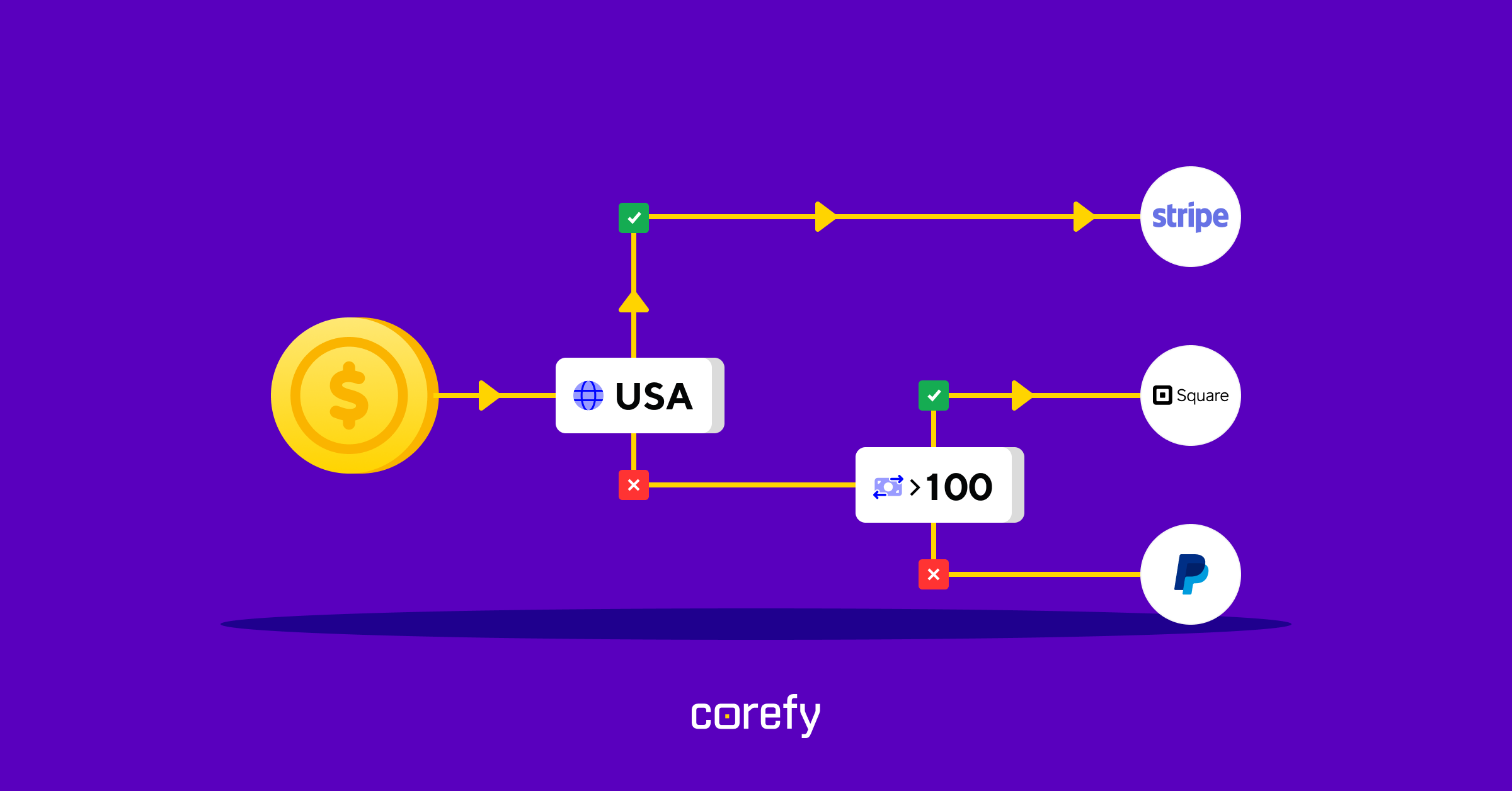
.jpg)
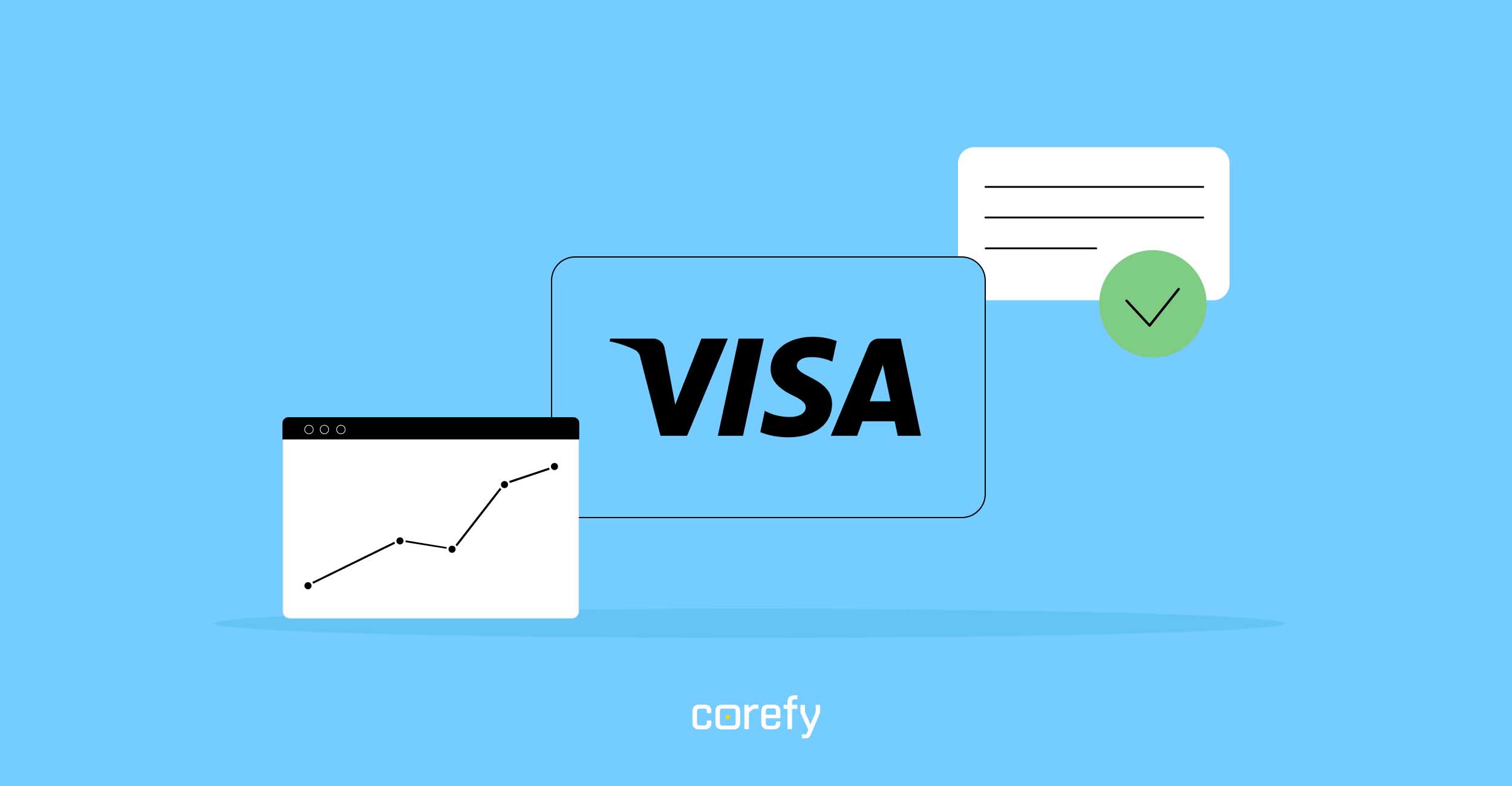
.jpg)
